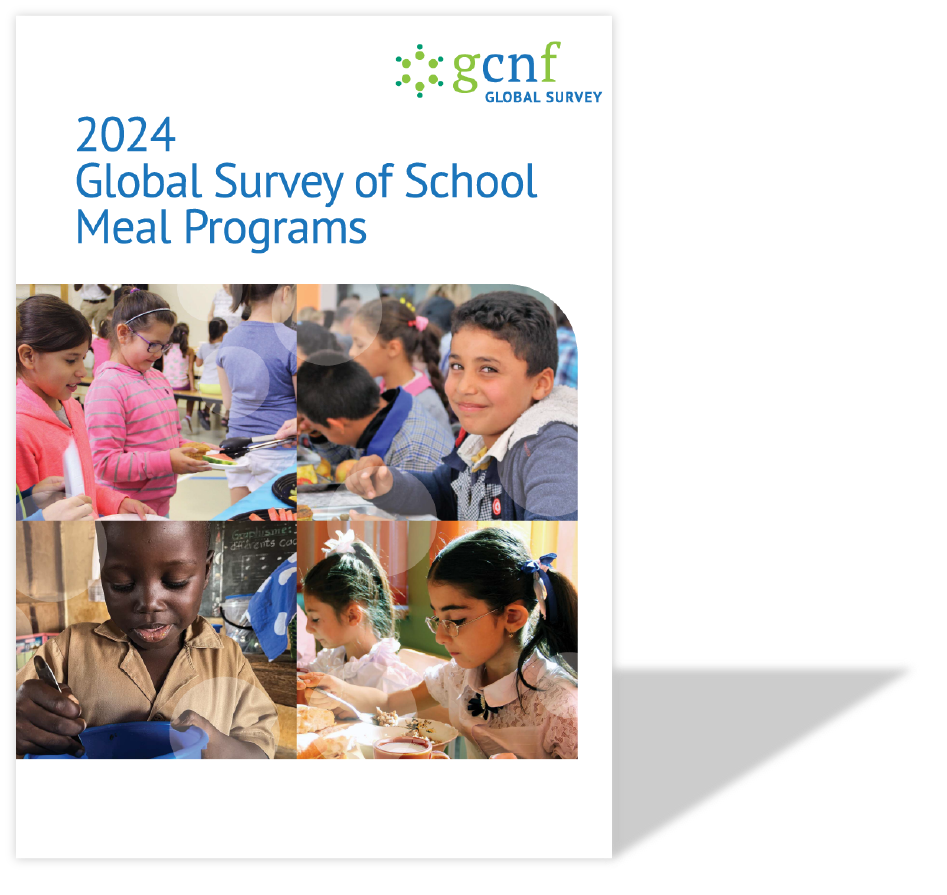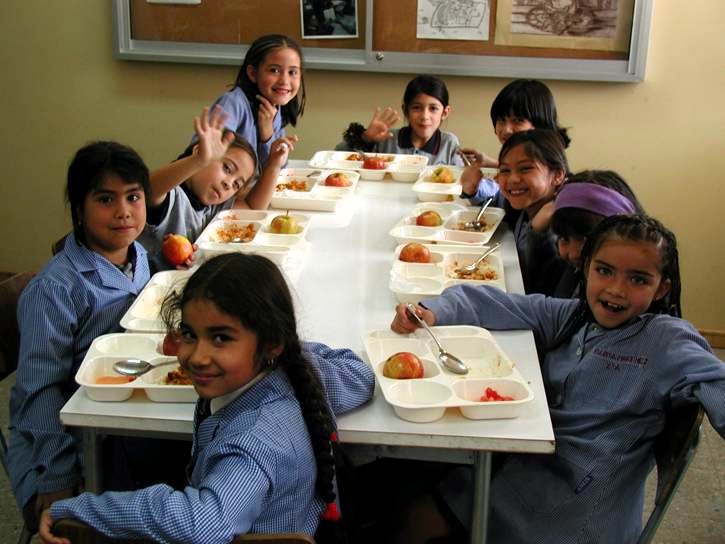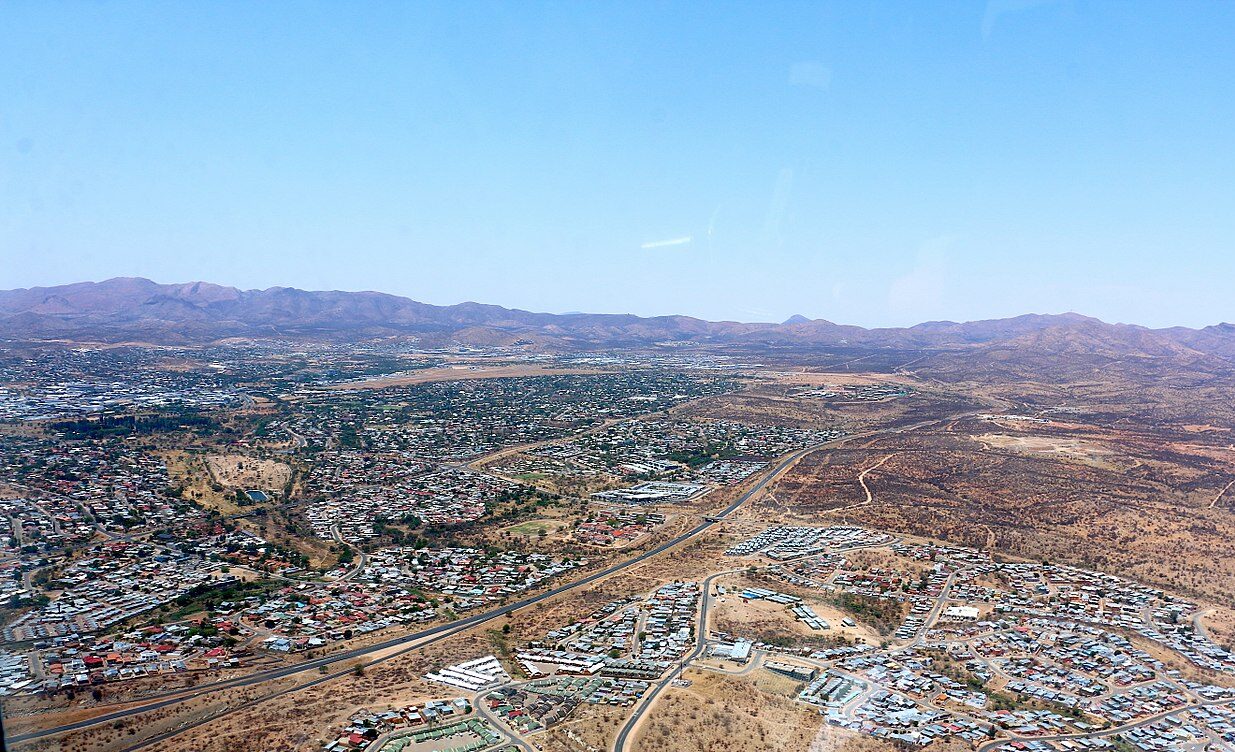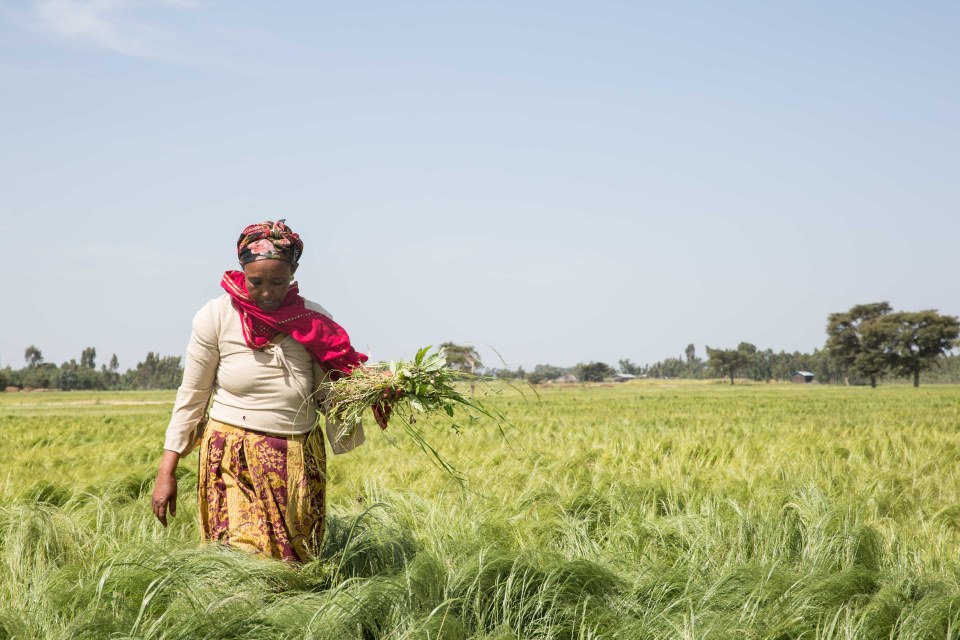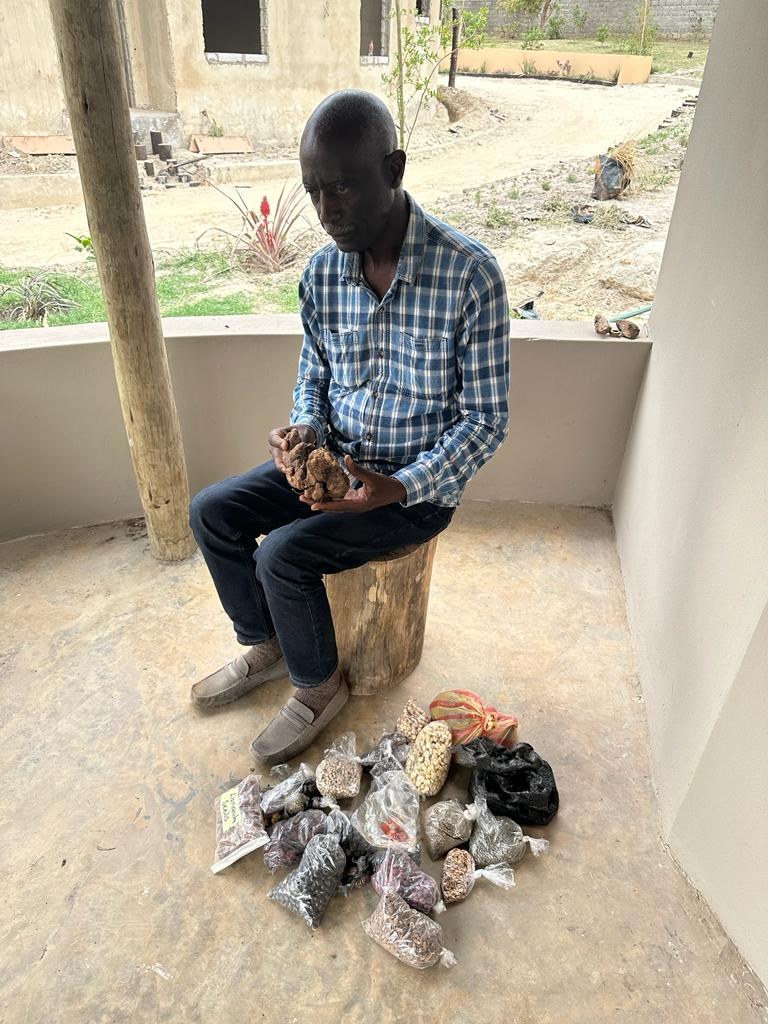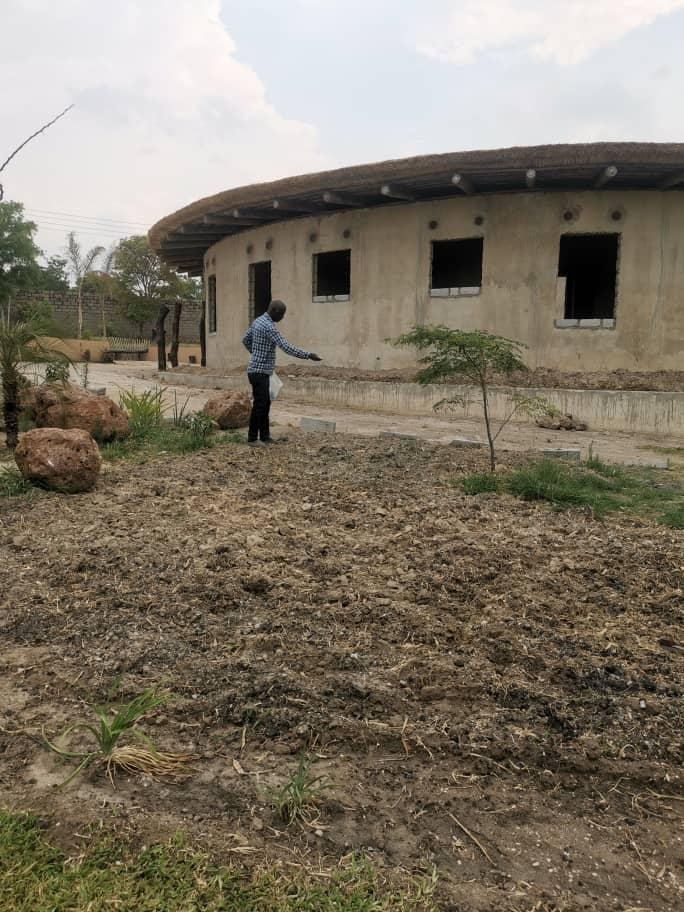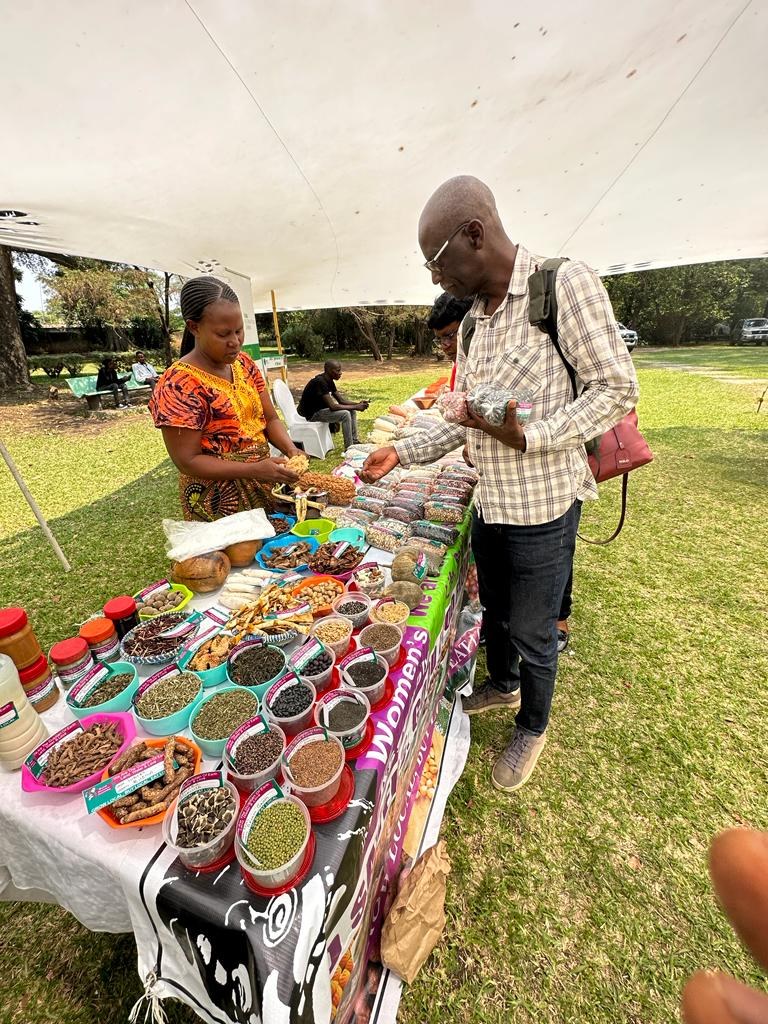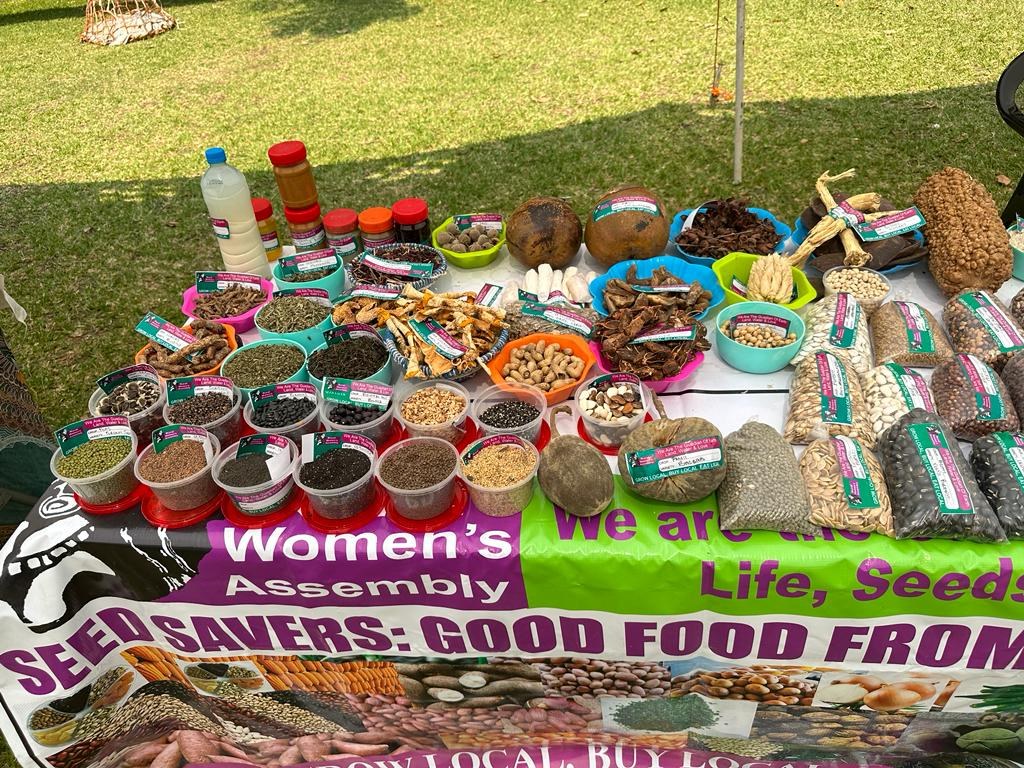GCNF is pleased to announce the launch of the third round of data collection for the Global Survey of School Meal Programs.
Continue readingPRESS RELEASE: 2024 Global Survey Aims to Enhance School Meal Programs Worldwide
GCNF is pleased to announce the launch of the third round of data collection for the Global Survey of School Meal Programs.
Continue readingCountry Spotlight: Chile
Chile is tackling overnutrition vigorously, and others are paying attention. Read about how the Chile school meal program plays a part.
Continue readingAugust Newsletter
Combating Food Insecurity and Promoting Sustainability: School Feeding in Namibia
School feeding programs in Namibia aim to address the challenges of food insecurity and malnutrition among children. These programs provide nutritious meals to students, ensuring they have the energy and nutrients they need to learn and grow.
Continue readingStatus of the School Canteen in Burundi
Status of the School Canteen in Burundi
This is a guest blog written by Mr. Liboire BIGIRIMANA, National Director of School Canteens in Burundi and Spokesperson for the Ministry of National Education and Scientific Research and Focal Point for Burundi, 2021 Global Survey of School Meal Programs
School canteens in Burundi have been in existence since the 1960s supported by the interventions of the World Food Programme (WFP). WFP supplied schools having boarding facilities with commodities such as powdered milk, meat, and canned fish. In 2008, the northern provinces of Burundi were affected by climate change, in the form of drought, leading to the impoverishment of households. This situation forced children to drop out of school and flee to neighboring countries of Burundi, mainly Tanzania and Rwanda. Others have moved to major cities in Burundi in order to get jobs and earn money.
To remedy this situation, the WFP and the Government of Burundi entered into an agreement to finance hot midday meals to motivate children to return to school for classes.
In 2013, the philosophy of the school canteen changed from being an emergency response to a development intervention. In this new approach, the Government of Burundi decided to develop an endogenous school canteen system known as Home Grown School Feeding, whereby a school canteen obtains local products from small producers grouped into cooperatives and agricultural production associations, thus forming a permanent market with the small producers.
I. Major Achievements of the Government in School Feeding
Several major achievements have been made by the Government of Burundi including:
Institutional aspects
- In 2016, a National Directorate of School Canteens was created and housed institutionally at the Minister’s Cabinet;
- On 14th November 2018, the Government of Burundi validated and endorsed the National School Feeding Program (NSFP), a tool for strategic orientation and dialogue with Development Partners (PTF);
- In 2020, Her Excellency the First Lady of Burundi Mrs. Angéline NDAYISHIMIYE agreed to be the Patron of the National School Feeding Program;
- In 2021, Burundi joined the Global School Meals Coalition.
Regarding financial commitments, since 2008 the Government of Burundi has made its counterpart funds available to WFP to finance the purchase of commodities for the school canteen. The amount allocated to school feeding by the government is about 2 million US dollars. Government contribution is expected to reach 6 million US dollars by the start of the 2023-2024 school year!
A study carried out locally shows that the school canteen contributes to the improvement of school indicators and the standard of living of producers.
II. Geographical Coverage
The National School Feeding Program (NSFP) intervenes in 847 elementary schools across 7 provinces of the country namely Bubanza, Bujumbura, Cibitoke, Gitega, Muyinga, Ngozi, and Kirundo provinces. About 650,000 school children out of an estimated target of 2.8 million children in elementary schools benefit from the NSFP. To achieve universal school canteen coverage, a substantial mobilization of funds needs to be done by development partners, the government, and the communities to fill current coverage gaps.
III. Best Practices in School Feeding in Burundi
The implementation of the NSFP faces several challenges, due to, most notably, limited financial resources. In addition, innovations are needed at the canteen level, especially related to the use of firewood and environmental degradation. The school feeding implementers in Burundi are developing best practices, including the following:
a) To limit the volume of firewood to be used, schools considered building improved stoves (i.e. utilizing concrete stoves that use less firewood and conserve heat thereby drastically reducing the quantity of carbon dioxide released into the atmosphere), and the use of “briquettes”, fuel obtained following the industrial compaction of household residues, grasses, and rice crop residues
b) For good governance of the school canteen, a stock management tool has been introduced in schools with school canteens known as “School Connect”. This approach utilizes a digital management tool installed on tablets which allows for efficient and effective tracking and management of inventory. The tool provides an idea of the actual use of food in relation to the number of beneficiaries;
c) The consumption of products with very high nutritional value such as mushrooms and milk for a consistent protein intake;
d) The involvement of communities to support the school canteen: communities participate in the preparation and distribution of school meals, provide firewood, water, and vegetables to supplement the children’s food ration;
e) The introduction of decentralized purchases: the Government of Burundi and the WFP provide those in charge of the decentralized structures with the financial means to buy commodities for the canteen directly from food producers. This approach is helps canteens overcome stock-outs, increases the quantities of accessible commodities, and cuts down on the exorbitant cost of transporting food;
f) Introduction of hydroponics, a means of producing vegetables in greenhouses in areas with water deficits to supplement school meals with vegetables.
IV. National School Feeding Program Partners
The implementation of the NSFP is supported by the interventions of various development partners, including the World Bank (construction of improved stoves and their shelters, the supply of funds to buy commodities), the Netherlands, the Global Fund for Education through the French Development Agency (AFD), the Russian Federation, The Rockefeller Foundation (Financial and technical support), the United States of America through the McGovern-Dole Food For Education program. At the local level, the development of the fortified milk and corn flour value chain rose out of local partnership. Successful partner contributions are characterized by success in increased environmental protection, supplying of healthy, rich, and nutritious meals, ensuring the good governance of the school canteen, and more.
V. Participation of Burundi in Global Child Nutrition Forums
Since 2014, Burundi has participated in most of the Global Child Nutrition Forums, organized by the Global Child Nutrition Foundation (GCNF). Burundi has participated in Forums organized in Brazil, Cape Verde, South Africa, Canada, Tunisia, Armenia, and Benin. All these Forums have enabled Burundi to capitalize on the experiences of other countries in the management, financing, and sustainability of school feeding. For example, the Forum held in Brazil helped Burundi draft its school feeding policy. At the Forum held in Montreal, Canada, Burundi was able to build partnerships to finance the school canteens. At the Benin Forum in 2022, Burundi was able to better understand the part each government played in financing its school feeding. This is why, as of September 2023, Burundi will finance school feeding to the tune of 12.7 billion Burundian Francs, i.e. 6 million US dollars, an increase of 164% compared to the financing of previous years (4.8 billion Burundian Francs)!

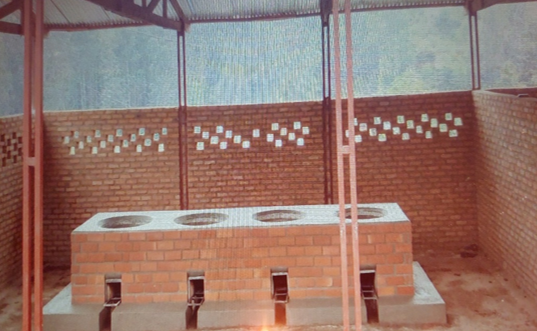
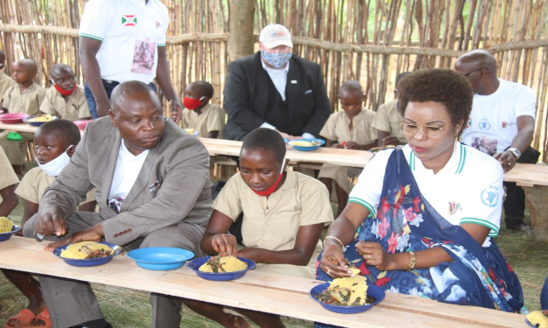
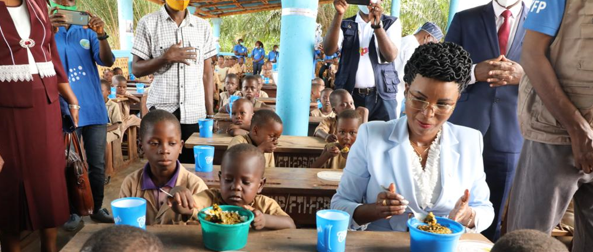
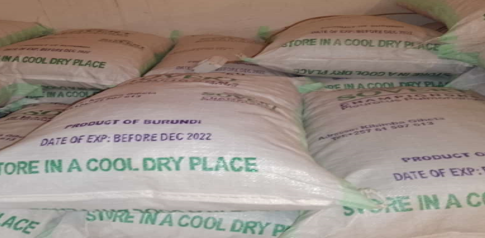


Situation de la Cantine Scolaire Au Burundi
Situation de la Cantine Scolaire au Burundi
Écrit par M. Liboire BIGIRIMANA, le Directeur National Des Cantines Scolaires au Burundi et Porte Parole du Ministre de l’Education Nationale et de la Recherche Scientifique et Point Focal, Enquête Mondiale du GCNF sur L’Alimentation Scolaire 2021
La cantine scolaire au Burundi a vu le jour depuis les années 1960 avec les interventions du PAM sous forme de fourniture aux Ecoles à régime d’internat des commodités essentiellement composées par du lait en poudre, de la viande et du poisson en boîte de conserve. En 2008, les provinces du Nord du Burundi ont été affectées par des changements climatiques, sous forme de sécheresse, ayant abouti à la paupérisation des ménages, une situation qui a contraint les enfants à abandonner l’école et ont fui vers les pays limitrophes du Burundi : la Tanzanie et le Rwanda. Les autres ont regagné les grandes capitales du Burundi dans le souci de se faire embaucher et gagner de l’argent.
Pour pallier à cette situation, le PAM et le Gouvernement du Burundi ont convenu à travers un Accord, de financer des repas chauds de midi, pour motiver les enfants à regagner les salles de cours.
En 2013, la philosophie de la cantine scolaire est passé du concept d’intervention d’urgence en intervention de développement dans le sens où le Gouvernement a décidé que soit développé une cantine scolaire qui s’approvisionne en produits locaux, pour constituer un marché permanent des petits producteurs regroupés dans des coopératives et Association de production agricole, d’où le concept d’une cantine scolaire endogène (Home Grown School Feeding).
I. LES GRANDES REALISATION DU GOUVERNEMENT EN MATIERE D’ALIMENTATION SCOLAIRE
- En 2016, il a été créé une Direction Nationale des Cantines Scolaires ayant pour encrage institutionnel au niveau du Cabinet du Ministre,
- Le 14/11/2018, le Gouvernement du Burundi a validé et endossé le Programme National d’Alimentation Scolaire, un outil d’orientation stratégique et de dialogue avec les Partenaires au Développement (PTF) ;
- En 2020, SE la Première Dame du Burundi Madame Angéline NDAYISHIMIYE a accepté d’être Marraine du Programme National d’Alimentation Scolaire ;
- En 2021, le Burundi a adhéré au sein de la coalition Mondiale des Repas Scolaires.
Au niveau engament financier : le Gouvernement du Burundi a depuis 2008, mis à la disposition du PAM sa contrepartie pour financer l’achat des commodités en faveur de la cantine scolaire. Les montants alloués par le Gouvernement à l’alimentation scolaire sont de l’ordre de 2 millions de dollars us. Ces contributions du Gouvernement devraient atteindre 6 millions de dollars us avec la rentrée scolaire 2023-2024!
Une étude réalisée localement montre que la cantine scolaire contribue à l’amélioration des indicateurs scolaires et le niveau de vie des producteurs.
II. LA COUVERTURE GEOGRAPHIQUE
Le Programme National d’Alimentation Scolaire (PNAS) intervient en faveur de 847 Ecoles Fondamentales à travers 7 provinces du Pays (Bubanza, Bujumbura, Cibitoke, Gitega, Muyinga, Ngozi et Kirundo). Le Total des bénéficiaires du PNAS s’élève à plus de 650.000 écoliers sur une cible estimée à 2,8 millions d’enfants de l’Ecole Fondamentales. Pour réussir une cantine universelle, une mobilisation conséquente des fonds devrait se faire et par les PTFs, le Gouvernement et les communautés pour combler les gaps.
III. LES MEILLEURS PRATIQUES EN MATIERE D’ALIMENTATION SCOLAIRE AU BURUNDI
La mise en œuvre du PNAS se heurte à plusieurs défis liés notamment aux ressources financières assez limitées pour répondre à une demande de terrain de plus en plus croissante. En outre, une cantine innovante est un impératif suite à la nécessité de protéger l’environnement dans un contexte où la principale source d’énergie pour préparer les repas des enfants reste le bois de chauffe. L’idée est d’asseoir des mécanismes innovants pour éviter que la cantine scolaire ne soit pas la cause de dégradation de l’environnement. Les meilleurs pratiques sont notamment :
a) Pour limiter le volume de bois de chauffe à utiliser, nous avons pensé à la construction des foyers améliorés institutionnels (foyers en béton utilisant peu de bois de chauffe et conservant la chaleur et réduisant drastiquement la quantité de dioxyde de carbone rejetée dans l’atmosphère) et l’utilisation des briquettes (combustibles obtenus suite au compactage industriels des restes ménages, des herbes et des restes des récoltes du riz).
b) Pour une bonne gouvernance de la cantine scolaire, un outil de gestion des stocks a été introduit dans les écoles à cantine scolaire : School connect. Il s’agit d’une gestion digitalisée qui se fait sur des tablettes et qui permet de faire un track efficient et efficace de la gestion des stocks. L’outil permet d’avoir une idée sur l’utilisation des vivres en tant réel par rapport au nombre de bénéficiaires;
c) La consommation des produits à très haute valeur nutritive comme les champignons et le lait pour un apport protéinique consistant,
d) L’implication des communautés pour appuyer la cantine scolaire : les communautés participent à la préparation et distribution des repas scolaires, apportent du bois de chauffe, de l’eau et des légumes pour compléter la ration alimentaire des enfants ;
e) L’introduction des achats décentralisés : le Gouvernement et le PAM mettent à la disposition des responsables des structures déconcentrées des moyens financiers pour acheter au près des producteurs les commodités en faveur de la cantine. Cette approche est l’un des éléments pour pallier aux ruptures de stocks et augmente les quantités des commodités car est une solution aux coûts exorbitants du transport des vivres ;
f) Introduction de l’hydroponie (production des légumes sous serre dans les zones à déficits hydriques pour compléter les repas scolaires en légumes.
IV. LES PARTENAIRES DU PROGRAMME NATIONAL D’ALIMENTATION SCOLAIRE
La mise en œuvre du PNAS est appuyée par les interventions des différents partenaires au Développement. Ces partenaires sont essentiellement la Banque Mondiale (construction des foyers améliorés et leurs abris, la fourniture des fonds pour acheter des commodités), les Pays Bas, le Fonds mondial pour l’Education à travers l’Agence Française de Développement(AFD),la Fédération de Russie, La Fondation Rock Feler (Appui financier et technique), les USA à travers McGovern-Dole. Au niveau local, le partenariat se traduit par le développement de la chaîne de valeur lait et farine de maïs fortifiée…..Les progrès réalisés grâce au partenariat se traduit par leur contribution à la protection de l’environnement, la fourniture des repas sains riches et nutritifs, assurer la bonne gouvernance de la cantine scolaire…
V. PARTICIPATION DU BURUNDI AUX FORUMS GCNF
Depuis 2014, le Burundi a participé à la plus part des forum organisés par le GCNF. Le Burundi a participé notament aux Forum GCNF organisés au Brésil, Cape Verde, Afrique du Sud, Canada, Tunisie, Arménie et au Bénin. Tous ces Fora ont permis au Burundi de capitaliser les expériences des autres pays en matière de gestion, de financement et pérennisation de l’alimentation scolaire. Pour exemple, le forum GCNF du Brésil a permis au Burundi de rédiger sa politique d’alimentation scolaire. Pour le forum GCNF de Montréal au Canada, il a permis au Burundi de bâtir des partenariats pour assurer le financement de la cantine scolaire. Pour le forum GCNF du Bénin, le Burundi a pu comprendre la part du chaque Gouvernement à financer lui-même l’alimentation scolaire. C’est pourquoi, dès septembre 2023, le Burundi financera l’alimentation scolaire à hauteur de 12,7 milliards de Francs Burundais soit 6 millions de dollars US, soit une augmentation de 164% par rapport aux financements des années précédentes (4,8 milliards de Francs Burundais)!
On notera des visites d’échange d’expériences régulièrement organisées et auxquelles a participé SE la Première Dame et Marraine du Programme d’Alimentation Scolaire au Burundi Madame Angéline NDAYISHIMIYE. Il s’agit des visites d’échange d’expérience faites au Bénin en 2021 et au Sénégal en 2023.







July Newsletter
A spotlight on school feeding in Lithuania, an announcement about the 2023 Forum, and diving deeper into school meals and climate change.
Continue readingFood Systems, Climate Change, and School Meals
With the UN Food Systems Summit +2 Stocktaking Moment happening this week, GCNF wanted to take a closer look at the relationship between food systems, the climate, and school feeding programs.
Continue readingCountry Spotlight: Lithuania
While some countries have a single school meal program that addresses the needs of one identified population, in Lithuania, during the 2020-2021 school year, three different programs took place, reaching over 317,000 pre-, primary, and secondary school students.
Continue reading

